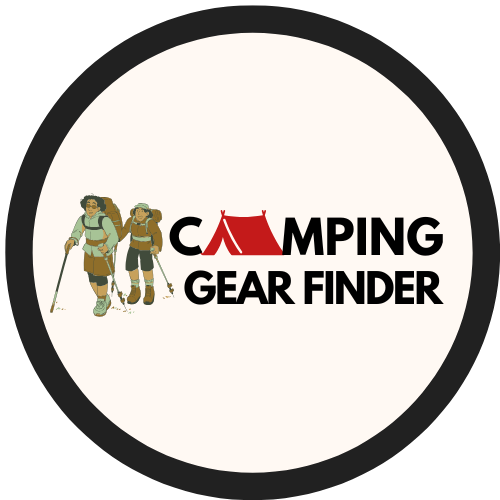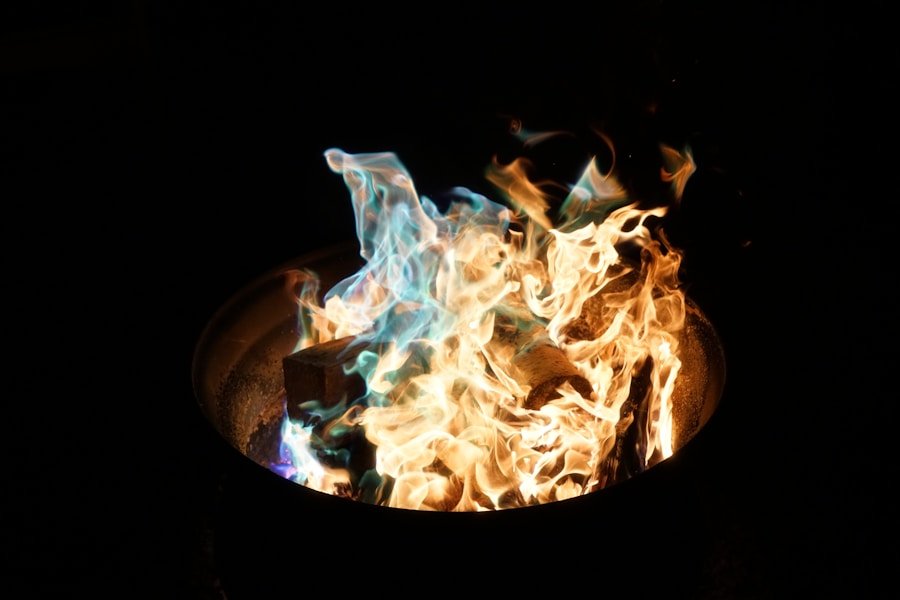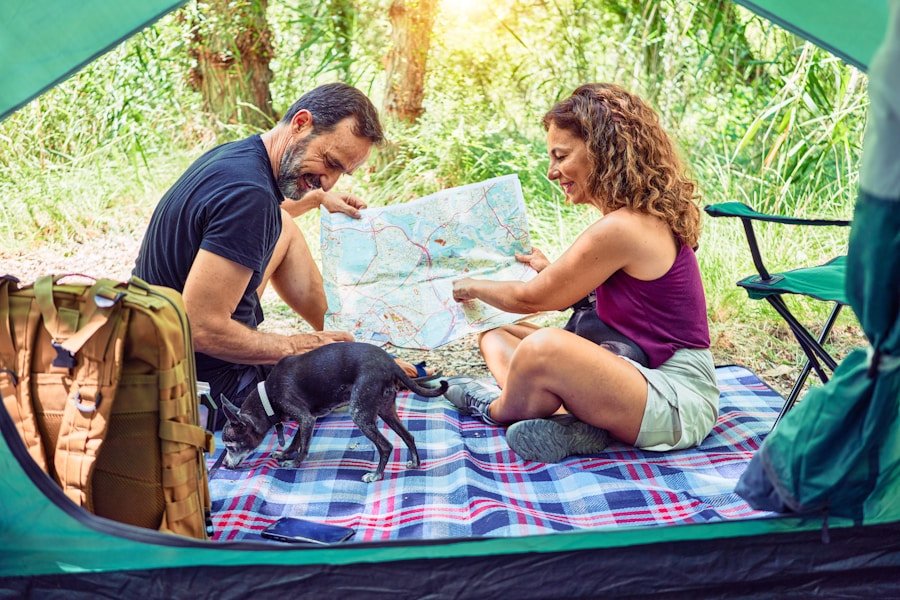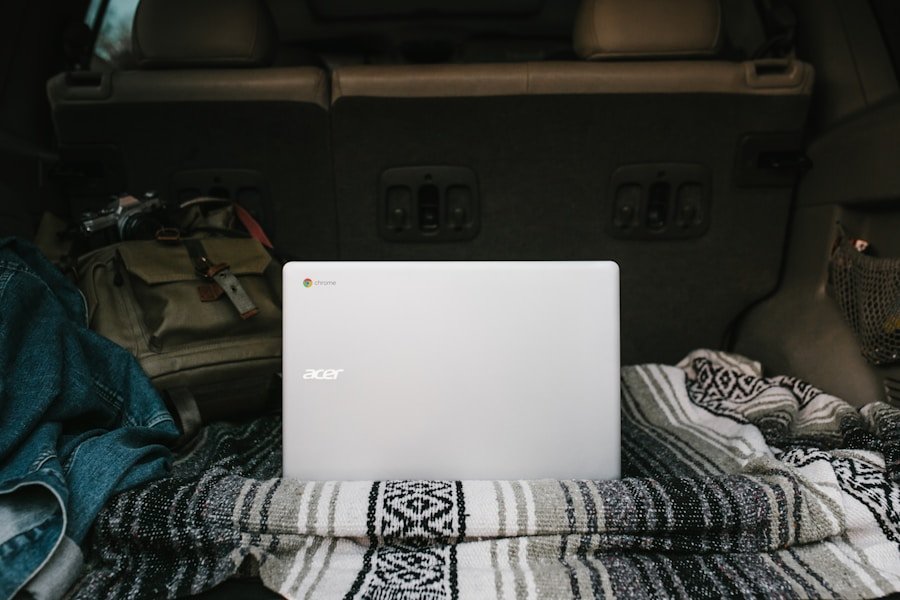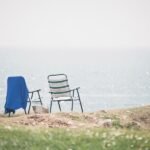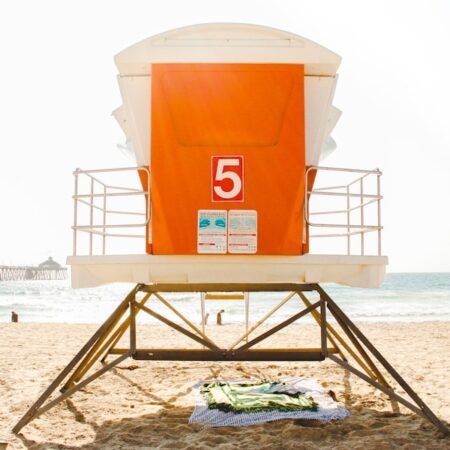When selecting a sleeping bag, it is essential to understand the various types available in the market. There are three primary categories of sleeping bags: rectangular, mummy, and semi-rectangular. Rectangular sleeping bags are the most traditional style, offering ample space to move around, making them suitable for car camping or indoor use.
In contrast, mummy bags are more form-fitting and tapered towards the feet, which helps to conserve body heat, making them ideal for cold-weather camping. Semi-rectangular bags provide a compromise between the two, offering more room than a mummy bag while still retaining some heat. Another crucial factor to consider when choosing a sleeping bag is the temperature rating.
Sleeping bags are typically categorized by temperature ranges, such as 3-season, winter, or summer. It is vital to select a bag with a temperature rating that matches the camping conditions to ensure a warm and comfortable night’s sleep. Furthermore, some sleeping bags are specifically designed for men or women, taking into account differences in body shape and heat retention.
Key Takeaways
- Understanding the different types of sleeping bags is crucial for choosing the right one for your needs.
- Factors to consider when choosing a sleeping bag include temperature rating, shape, and insulation type.
- Choose the right sleeping bag for different seasons by considering temperature ratings and insulation materials.
- When comparing insulation materials, consider the pros and cons of down vs. synthetic insulation.
- Size and weight considerations are important for backpacking, so look for lightweight and compact sleeping bags.
Factors to Consider When Choosing a Sleeping Bag
Insulation Type: Down vs Synthetic
One of the most important factors to consider is the insulation type. Down insulation is lightweight, compressible, and provides excellent warmth, making it a great option for cold weather camping. However, down sleeping bags can be more expensive and lose their insulating properties when wet. Synthetic insulation, on the other hand, is more affordable, retains its insulating properties when wet, and dries quickly. However, it is heavier and less compressible than down insulation.
Size and Weight Considerations
Another important factor to consider is the size and weight of the sleeping bag. If you’ll be backpacking or hiking to your campsite, you’ll want a lightweight and compact sleeping bag that won’t weigh you down. Look for a sleeping bag with a low pack weight and a small packed size to make it easier to carry on the trail.
Fit and Comfort
Additionally, consider the length and width of the sleeping bag to ensure it provides a comfortable fit for your body size.
Choosing the Right Sleeping Bag for Different Seasons
The season in which you’ll be camping is an important factor to consider when choosing a sleeping bag. For summer camping, a lightweight and breathable sleeping bag with a higher temperature rating is ideal to prevent overheating during warm nights. Look for a bag with ventilation options such as a two-way zipper or foot vent to help regulate your body temperature.
For 3-season camping, a sleeping bag with a lower temperature rating and good insulation is essential to stay warm during cooler nights. Look for a bag with draft tubes and a hood to help retain body heat and keep you comfortable in colder temperatures. For winter camping, a sleeping bag with a very low temperature rating and excellent insulation is crucial to stay warm in freezing conditions.
Look for a bag with a draft collar, insulated hood, and draft tubes to prevent cold air from seeping in and keep you warm throughout the night.
When it comes to insulation materials for sleeping bags, there are two main options: down and synthetic. Down insulation is made from the soft under feathers of ducks or geese and is known for its excellent warmth-to-weight ratio and compressibility. Down sleeping bags are lightweight, packable, and provide superior warmth, making them ideal for cold weather camping.
However, down insulation loses its insulating properties when wet and can be more expensive than synthetic insulation. On the other hand, synthetic insulation is made from polyester fibers and is known for its ability to retain its insulating properties when wet. Synthetic sleeping bags are more affordable than down bags and dry quickly, making them a great option for wet or humid conditions.
However, synthetic insulation is heavier and less compressible than down insulation, making it less ideal for backpacking or hiking. When choosing between down and synthetic insulation, consider the conditions in which you’ll be camping and your budget. If you’ll be camping in dry conditions and want a lightweight and compressible sleeping bag, down insulation may be the best option for you.
If you’ll be camping in wet or humid conditions and want an affordable and quick-drying sleeping bag, synthetic insulation may be the better choice.
Size and Weight Considerations for Backpacking
| Sleeping Bag Type | Temperature Rating | Weight | Insulation Type |
|---|---|---|---|
| Mummy | 0°F to 20°F | 2-4 lbs | Down or Synthetic |
| Rectangular | 30°F to 50°F | 3-6 lbs | Synthetic |
| Double-wide | 20°F to 40°F | 5-8 lbs | Down or Synthetic |
If you’ll be backpacking or hiking to your campsite, it’s important to consider the size and weight of your sleeping bag. Look for a lightweight sleeping bag with a low pack weight and small packed size to make it easier to carry on the trail. Consider the length and width of the sleeping bag to ensure it provides a comfortable fit for your body size while still being compact enough to fit in your backpack.
Additionally, consider the type of insulation in the sleeping bag when backpacking. Down insulation is lightweight and compressible, making it an excellent option for backpacking or hiking. However, down sleeping bags can be more expensive and lose their insulating properties when wet.
Synthetic insulation is more affordable and retains its insulating properties when wet, making it a great option for wet or humid conditions. However, synthetic insulation is heavier and less compressible than down insulation, making it less ideal for backpacking or hiking.
Special Features to Look for in a Sleeping Bag
Ventilation and Temperature Regulation
Look for a sleeping bag with a two-way zipper that allows you to easily adjust ventilation and temperature regulation. This feature enables you to customize your sleeping environment to suit your needs. Additionally, a draft tube along the zipper can help prevent cold air from seeping in and keep you warm throughout the night.
Retaining Body Heat
Consider a sleeping bag with a hood to help retain body heat and keep you warm in colder temperatures. This feature is particularly useful for campers who tend to feel cold at night.
Additional Convenience Features
Some sleeping bags also come with special features such as foot vents or stash pockets for storing small items like your phone or headlamp. These features can further enhance your comfort and convenience while camping. Look for these special features that can make a significant difference in your camping experience.
Tips for Proper Care and Maintenance of Your Sleeping Bag
Proper care and maintenance of your sleeping bag are essential to ensure it stays in good condition and provides optimal warmth and comfort while camping. When not in use, store your sleeping bag in a large cotton storage sack or hang it in a cool, dry place to prevent compression of the insulation. Avoid storing your sleeping bag in its stuff sack for extended periods as this can cause the insulation to lose its loft.
When cleaning your sleeping bag, follow the manufacturer’s instructions carefully to avoid damaging the insulation or fabric. Use a mild detergent specifically designed for washing down or synthetic insulation and wash your sleeping bag by hand or in a front-loading washing machine on a gentle cycle. Avoid using fabric softeners or bleach as these can damage the insulation.
After washing your sleeping bag, hang it to air dry or tumble dry on low heat with tennis balls to help fluff up the insulation. Once dry, store your sleeping bag in a large cotton storage sack or hang it in a cool, dry place until your next camping trip. In conclusion, choosing the right sleeping bag for your needs involves considering factors such as insulation type, temperature rating, size and weight, special features, and proper care and maintenance.
By understanding these factors and taking them into account when choosing a sleeping bag, you can ensure you find the perfect one for your camping adventures. Whether you’ll be camping in warm summer conditions or braving freezing winter temperatures, there’s a sleeping bag out there that’s perfect for you. With the right sleeping bag by your side, you can rest easy knowing you’ll stay warm and comfortable throughout the night, no matter where your outdoor adventures take you.
FAQs
What factors should I consider when choosing a sleeping bag?
When choosing a sleeping bag, consider the temperature rating, insulation type, weight, size, shape, and intended use.
What is the temperature rating of a sleeping bag?
The temperature rating indicates the lowest temperature at which a sleeping bag will keep the average sleeper warm. It is important to choose a sleeping bag with a temperature rating suitable for the conditions you will be camping in.
What are the different types of insulation used in sleeping bags?
The two main types of insulation used in sleeping bags are down and synthetic. Down insulation is lightweight and compressible, while synthetic insulation is more affordable and retains warmth when wet.
What is the difference between a mummy bag and a rectangular bag?
A mummy bag is tapered towards the feet and has a hood to minimize heat loss, while a rectangular bag offers more room to move around but may not be as efficient at retaining heat.
How do I determine the size and weight of a sleeping bag?
Sleeping bags come in different sizes and weights to accommodate different body types and preferences. Consider your height and weight when choosing a sleeping bag, and also factor in the weight if you will be carrying it while hiking or backpacking.
What are the different types of sleeping bag shapes?
In addition to mummy and rectangular shapes, there are also semi-rectangular and double-wide sleeping bags available. The shape of the sleeping bag can affect its warmth and comfort.
What are the intended uses for different types of sleeping bags?
There are sleeping bags designed for different activities, such as backpacking, car camping, mountaineering, and winter camping. Consider the intended use of the sleeping bag when making your selection.
